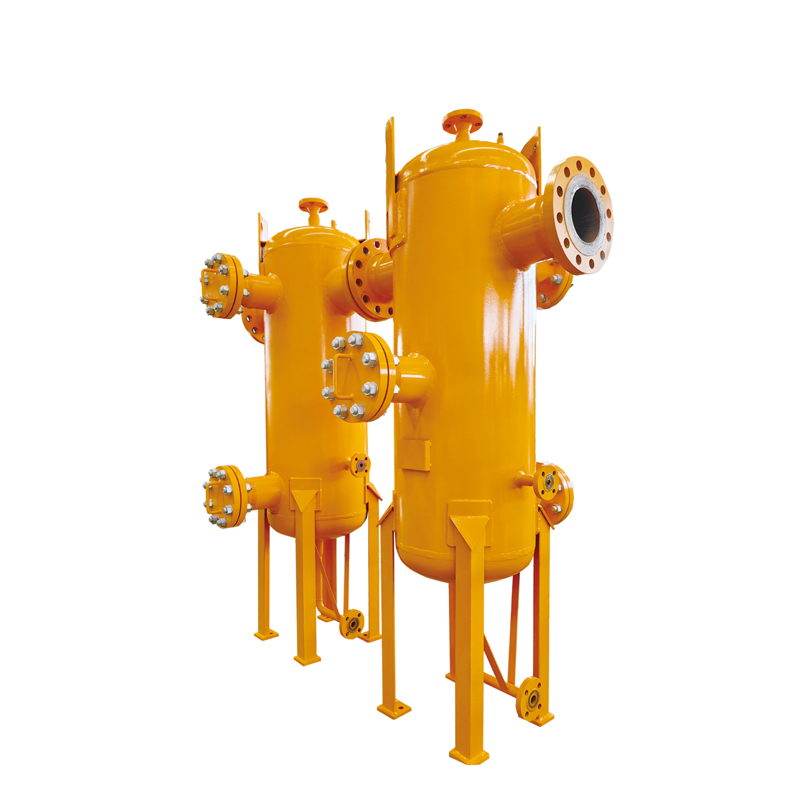
10 月 . 13, 2024 08:38
Back to list
Understanding the Functionality and Applications of Pneumatic Valves in Automation Systems
Understanding Pneumatic Valves The Heart of Pneumatic Systems
Pneumatic valves are essential components in pneumatic systems, which use compressed air to power machinery and facilitate movement. These valves control the flow and pressure of air within a system, thus enabling and regulating the actions of actuators, cylinders, and other devices. Understanding the functionality, types, and applications of pneumatic valves can provide insights into their crucial role in various industries.
At the core of their functionality, pneumatic valves operate by controlling the path of air flow. They can start, stop, or redirect the flow of compressed air, making it possible to control the movement of actuators. This is typically accomplished through various types of valve configurations, such as 2-way, 3-way, and 4-way valves. The number refers to the number of ports in the valve, and how the air is distributed determines the actuation type—either single-acting or double-acting.
Types of Pneumatic Valves
1. 2-Way Valves These valves have two ports and can either allow air to pass through or block it. They are commonly used for simple on-off control in pneumatic circuits, making them ideal for applications where air flow needs to be either completely shut off or allowed to flow freely.
2. 3-Way Valves These valves have three ports and can control the flow of air in two directions. They are instrumental in controlling single-acting actuators, allowing air to flow in one direction while exhausting the air from the opposite side. This functionality makes them suitable for applications requiring precise control over movement, such as in robotic arms or automotive systems.
3. 4-Way Valves With four ports, these valves are designed for double-acting actuators, directing airflow in such a way that the actuator can move in both directions. They are commonly used in applications like conveyor systems, where pushing and pulling actions are required.
pneumatic valve

Pneumatic valves can also be categorized based on their operation method manual, mechanical, solenoid, and pneumatic. Manual valves require human intervention to operate, while mechanical valves are operated through levers or pressure. Solenoid valves utilize electrical energy to actuate a magnetic coil and shift the valve position, while pneumatic valves are driven by air pressure, making them suitable for high-speed operations.
Applications of Pneumatic Valves
The versatility of pneumatic valves means they have a broad range of applications across various industries. In manufacturing and production, pneumatic valves are critical for automating processes on assembly lines, controlling the movement of materials and parts with precision. In the packaging industry, they regulate the actuation of machinery that seals, fills, and labels products.
Moreover, pneumatic valves are widely used in the automotive sector, facilitating automation in production lines, robotic welding, paint applications, and more. Their ability to swiftly control airflow allows for increased efficiency and safety in processes that require rapid actuation.
In the field of agriculture, pneumatic systems equipped with valves help in the automation of machinery used for planting, irrigation, and harvesting. The reliability and efficiency of pneumatic valves ensure that tasks are completed effectively, leading to improved yields and reduced manual labor.
Conclusion
Pneumatic valves, often overlooked, play a vital role in the functionality and efficiency of pneumatic systems. Their ability to manage airflow and pressure makes them indispensable in various industrial applications, enhancing automation and precision in operations. As industries continue to evolve toward greater automation and efficiency, the importance of understanding and optimizing the use of pneumatic valves will only grow. By harnessing the capabilities of these devices, businesses can achieve higher productivity, reduce energy consumption, and maintain a competitive edge in the market.
Latest news
-
Unlocking The Quality Gas Pressure ReducersNewsNov.01,2024
-
The Role of Gas Pressure Reducing StationsNewsNov.01,2024
-
The Importance and Functionality of Safety Relief ValvesNewsNov.01,2024
-
The Essential Role of Safety Valves in Natural Gas ApplicationsNewsNov.01,2024
-
The Essential Role of Gas Pressure RegulatorsNewsNov.01,2024
-
Enhance Your Premium Gas FiltersNewsNov.01,2024

